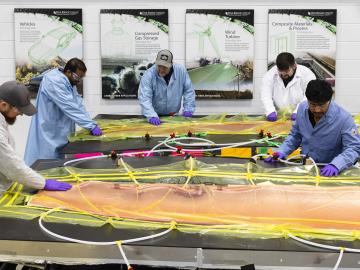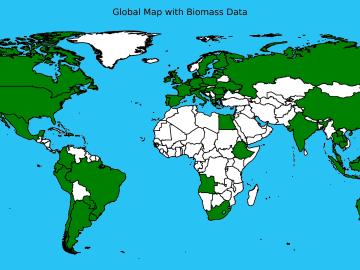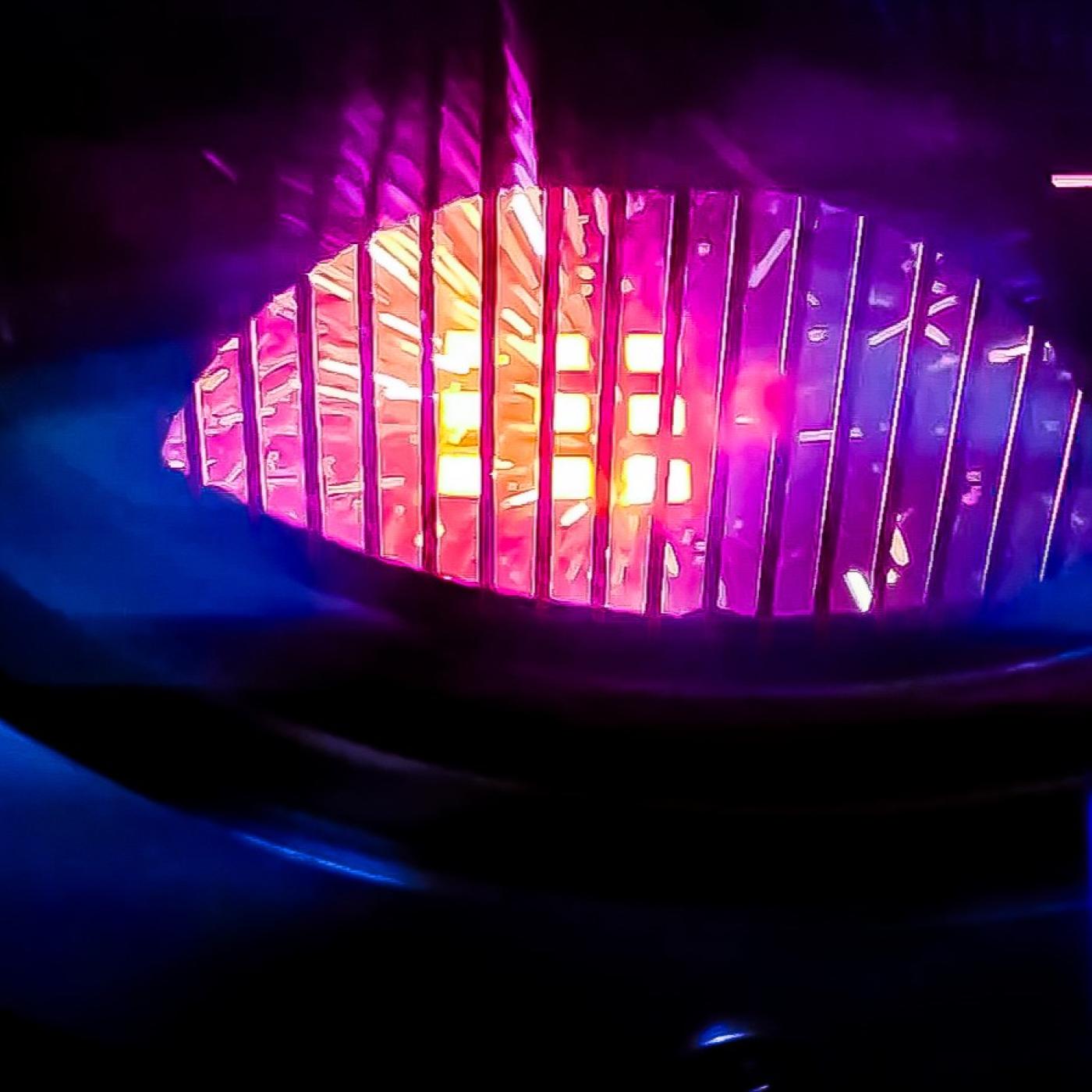
Filter News
Area of Research
- Advanced Manufacturing (4)
- Biological Systems (2)
- Biology and Environment (132)
- Biology and Soft Matter (1)
- Clean Energy (100)
- Climate and Environmental Systems (5)
- Computational Biology (2)
- Computational Engineering (2)
- Computer Science (1)
- Electricity and Smart Grid (1)
- Functional Materials for Energy (1)
- Fusion and Fission (5)
- Fusion Energy (1)
- Isotopes (26)
- Materials (59)
- Materials for Computing (9)
- Mathematics (1)
- National Security (11)
- Neutron Science (23)
- Nuclear Science and Technology (7)
- Quantum information Science (1)
- Supercomputing (72)
News Topics
- (-) Bioenergy (94)
- (-) Biomedical (63)
- (-) Composites (31)
- (-) Environment (204)
- (-) Frontier (48)
- (-) Isotopes (57)
- (-) Polymers (33)
- 3-D Printing/Advanced Manufacturing (132)
- Advanced Reactors (35)
- Artificial Intelligence (107)
- Big Data (65)
- Biology (104)
- Biotechnology (25)
- Buildings (67)
- Chemical Sciences (74)
- Clean Water (31)
- Climate Change (108)
- Computer Science (202)
- Coronavirus (46)
- Critical Materials (29)
- Cybersecurity (35)
- Decarbonization (88)
- Education (5)
- Element Discovery (1)
- Emergency (2)
- Energy Storage (112)
- Exascale Computing (47)
- Fossil Energy (6)
- Fusion (59)
- Grid (67)
- High-Performance Computing (98)
- Hydropower (11)
- Irradiation (3)
- ITER (7)
- Machine Learning (55)
- Materials (151)
- Materials Science (150)
- Mathematics (10)
- Mercury (12)
- Microelectronics (4)
- Microscopy (51)
- Molten Salt (9)
- Nanotechnology (60)
- National Security (74)
- Net Zero (15)
- Neutron Science (142)
- Nuclear Energy (111)
- Partnerships (53)
- Physics (65)
- Quantum Computing (39)
- Quantum Science (75)
- Renewable Energy (2)
- Security (26)
- Simulation (55)
- Software (1)
- Space Exploration (25)
- Statistics (4)
- Summit (62)
- Sustainable Energy (132)
- Transformational Challenge Reactor (7)
- Transportation (99)
Media Contacts

Researchers led by the University of Melbourne, Australia, have been nominated for the Association for Computing Machinery’s 2024 Gordon Bell Prize in supercomputing for conducting a quantum molecular dynamics simulation 1,000 times greater in size and speed than any previous simulation of its kind.

Biochemist David Baker — just announced as a recipient of the Nobel Prize for Chemistry — turned to the High Flux Isotope Reactor (HFIR) at Oak Ridge National Laboratory for information he couldn’t get anywhere else. HFIR is the strongest reactor-based neutron source in the United States.

The Advanced Plant Phenotyping Laboratory at ORNL utilizes robotics, multi-modal imaging, and AI to enhance understanding of plant genetics and interactions with microbes. It aims to connect genes to traits for advancements in bioenergy, agriculture, and climate resilience. Senior scientist Larry York highlights the lab's capabilities and the insights from a new digital underground imaging system to improve biomass feedstocks for bioenergy and carbon storage.

To bridge the gap between experimental facilities and supercomputers, experts from SLAC National Accelerator Laboratory are teaming up with other DOE national laboratories to build a new data streaming pipeline. The pipeline will allow researchers to send their data to the nation’s leading computing centers for analysis in real time even as their experiments are taking place.

ORNL researchers were honored with a prestigious ACE Award for Composites Excellence by the American Composites Manufacturers Association. The team won the “innovation in green composites design” prize for creating a fully recyclable, lightweight wind turbine blade tip that incorporates low-cost carbon fiber and conductive coating for enhanced protection against lightning strikes.

A new Global Biomass Resource Assessment developed by ORNL scientists gathered data from 55 countries resulting in a first-of-its kind compilation of current and future sustainable biomass supply estimates around the world.

Scientists at ORNL used neutrons to end a decades-long debate about an enzyme cancer uses.

The Oak Ridge Leadership Computing Facility welcomed users to an interactive meeting at the Department of Energy’s Oak Ridge National Laboratory from Sept. 10–11 for an opportunity to share achievements from the OLCF’s user programs and highlight requirements for the future.

Daryl Yang is coupling his science and engineering expertise to devise new ways to measure significant changes going on in the Arctic, a region that’s warming nearly four times faster than other parts of the planet. The remote sensing technologies and modeling tools he develops and leverages for the Next-Generation Ecosystem Experiments in the Arctic project, or NGEE Arctic, help improve models of the ecosystem to better inform decision-making as the landscape changes.
After retiring from Y-12, Scott Abston joined the Isotope Science and Engineering Directorate to support isotope production and work with his former manager. He now leads a team maintaining critical equipment for medical and space applications. Abston finds fulfillment in mentoring his team and is pleased with his decision to continue working.


